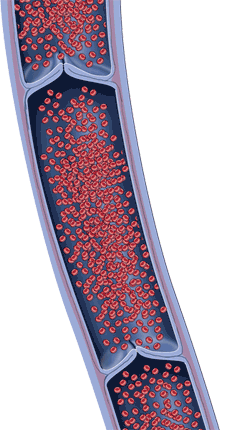
Vein Disorders: What is it?
Varicose veins are enlarged veins that often appear twisted and bulging. They can occur at many locations, but are most common in your legs and feet. Varicose veins affect about 40 percent of women and 25 percent of men. For many people they are usually painless and simply a cosmetic concern; but varicose veins can impact your daily life. An estimated 10% of adults suffer from venous disease, also known as chronic venous insufficiency (CVI). It is a progressive medical condition that worsens over time. Venous insufficiency is a term that describes all the changes associated with vein disease. The changes range from telangiectasias and spider veins, to skin ulcers.
Many factors contribute to CVI, including:
Family history of CVI
Age over 50
Multiple pregnancies
Obesity
Long periods of standing or sitting
Also called venous reflux, this condition causes veins to become swollen and discolored (taking on a bluish-purple color), and is the primary cause of varicose veins. CVI does not always result in varicose veins, but it always causes impairment of your circulatory system, and it may manifest in other symptoms such as chronically swollen and painful legs and ankles, changes in the color and texture of the skin, and the formation of leg ulcers – bleeding sores that do not respond to normal treatment and refuse to heal.
Vein Disease can present differently and have different symptoms for people
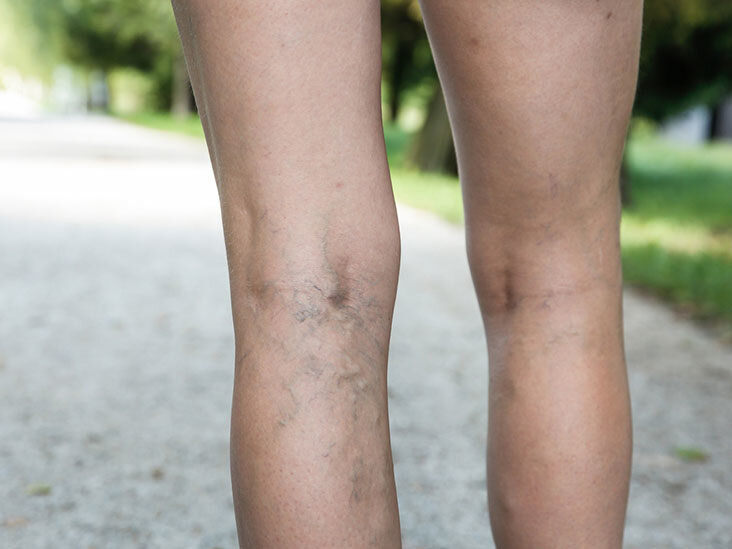
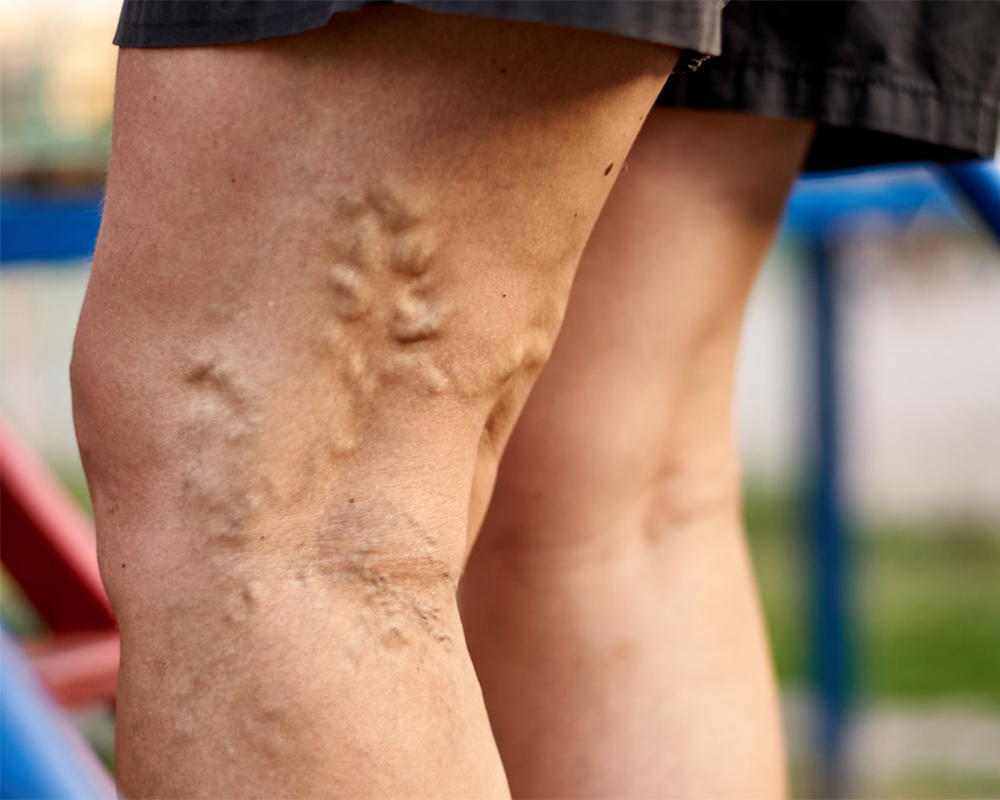
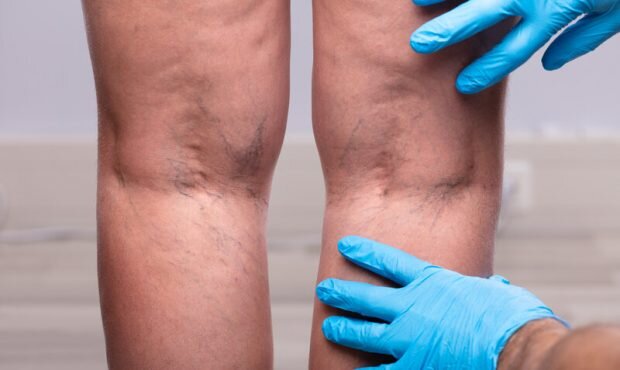
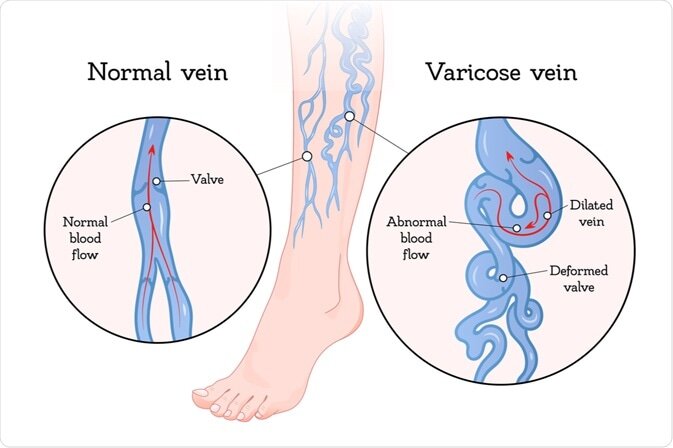

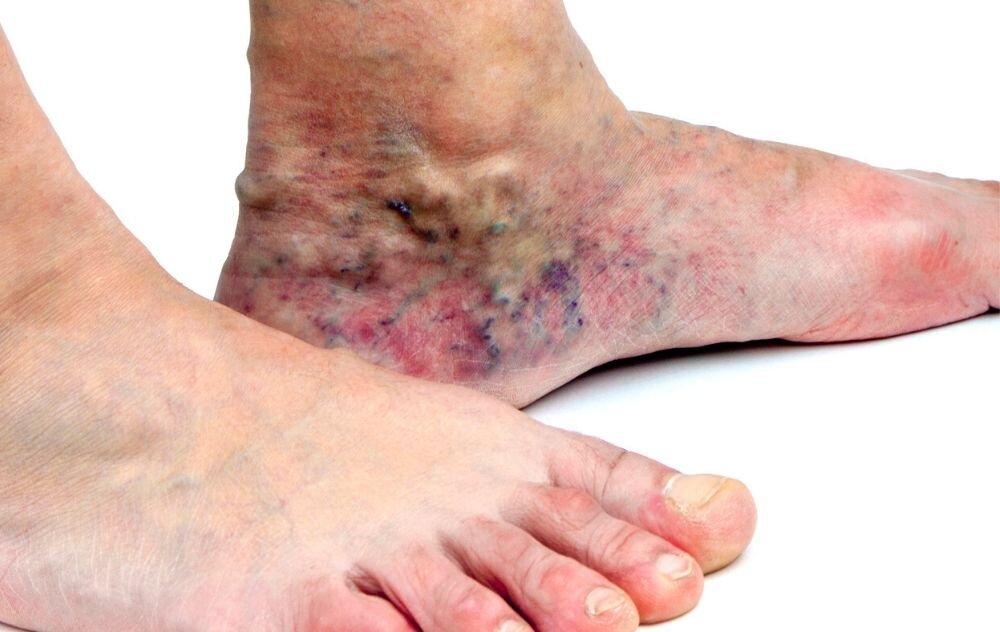
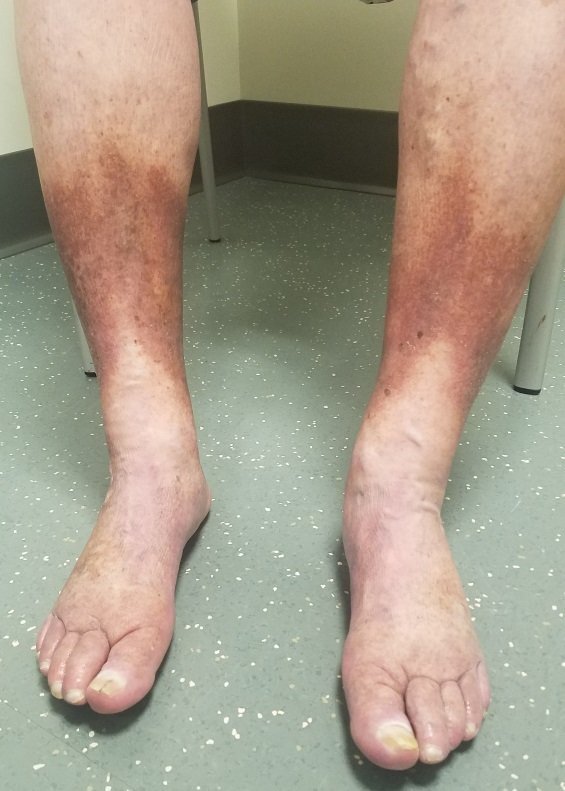
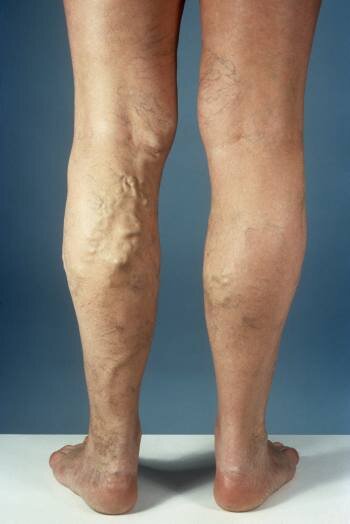
Treatment Options Exist
The bright side is that treating your varicose veins and venous insufficiency has never been easier. In addition to stockings and anti-inflammatory medications, there are non-surgical procedures which can eliminate bothersome veins and improve venous circulation.
Dr. Krishnan specializes in medically necessary treatment of varicose veins. Symptomatic varicose veins may cause pain, swelling, burning, tingling, or a feeling of heaviness in your legs. If left untreated, a circulatory problem called “chronic venous insufficiency” can sometimes progress to more serious medical problems including chronic swelling, skin discoloration around the ankles, skin ulcers and mild but troublesome bleeding. Click on the link to learn about available treatment options.


